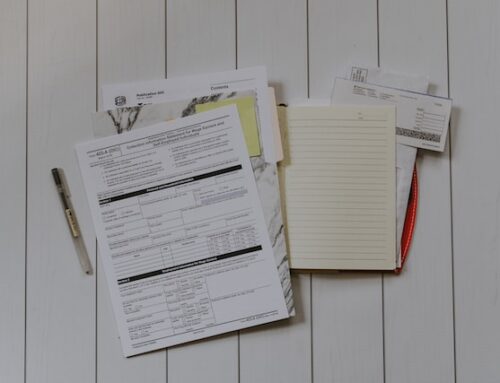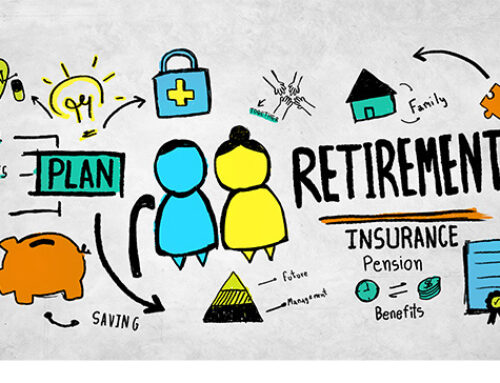My readers will call me mad if I don’t mention Enron here on this topic, so that I will write about it.
Once the most innovative company in the USA, Enron was Energy Giant and market darling. Yes, they were so creative that the company innovated new ways to represent Financial reports, new ways to wipe out the wealth of investors, and innovative ways to wipe out employees’ Retirement money.
It all started with Enron Online (EOL), an exchange-like structure where you can trade on energy. For every trade, Enron was either Buyer or seller. In today’s era, clearing Houses don’t take such risks and search Counter Party. First mistake.
By mid-2000, EOL was executing nearly $350 billion in trade. At the starting point of the Dot-com bubble burst, they were exposed to the most volatile part of the Market. By the fall of 2000, Enron was starting to crumble under its weight. CEO Jeffrey Skilling had a way of hiding the financial losses of the trading business and other operations of the company; it was called mark-to-market accounting. This is a technique used when trading securities where you measure the value of a deposit based on its current market value instead of its book value. This can work well for deposits but can be disastrous for other businesses. In Enron’s case, the company would build an asset, such as a power plant, and immediately claim the projected profit on its books, even though it hadn’t made one dime. If the revenue from the power plant were less than the projected amount, instead of taking the loss, the company would then transfer these assets to an off-the-books corporation, where the loss would go unreported. This type of accounting enabled Enron to write off losses without hurting the company’s bottom line. The mark-to-market practice led to schemes designed to hide the losses and make the company appear more profitable than it was. To cope with the mounting losses, Andrew Fastow, a rising star promoted to CFO in 1998, devised a devious plan to make the company appear in great shape, even though many of its subsidiaries were losing Money. ( Credit for Enron story goes to Investopedia)
First of all, Why is this the issue? Why do you need to think about it twice? What’s wrong with investing with your employer?
The reason is your employer is the source of your income. When employed by your employer, there is always the risk that your employer may go out of business. If your employer is Govt, then it is not for you.
Why are you investing Money? For many reasons. One is for retirement. For this goal, taking risks early is good, but when it is an unnecessary risk, it is not advisable, like investing in Penny stocks. So when investing for retirement, you are supposed to take less risk, or diversification is one reason for your investment.
So what is happening when you are investing in your employer company? You are taking more risks. How?
There is always the risk that your employer will go out of business. So yes. Even Goldman Sachs and Bank Of America were at stake. Lehman Brothers Shutdown. AIG fell Drastically.
So by investing in your employer company, you are taking a severe risk. Even if you are investing for, Say, buying a car. So you are investing in your employer’s company, and suddenly, it may FAIL.
I agree that failure is visible to employees, so it isn’t straightforward. But how could Lehman Brothers employees possibly not see the future even a week earlier? JP associates failed despite holding a large chunk of assets and even if they were one of the largest companies. Two of India’s most significant airport makers, GVK and GMR, also felt the worst. Reliance communication, once called the best buy in the Indian capital market, was also feeling the heat and possibly needed to sell a large part of the business. So there is always the possibility that in the next 10 or 15 years, Some significant crisis will come.
Why am I taking it specifically in case of retirement? The reason is after retirement; your investment is a single source of income for you. The time frame is extended. As the nature of the market is very cyclical, you are exposed to some risk.
In that case, if you are adding more risk by concentrating your exposure on your employer, how can you handle the scenario in which your investments are insufficient to take care of your retirement.
In one of their Articles, Forbes magazine calls the stock of your employer the Riskiest stock, and I agree with it. However, it all matters when it comes to the Correlation of return. Theoretically, your salary and the return of employer stocks are correlated.
Now I need to talk about some exceptional cases.
- ESOP: Perfect thing. But that does not mean you start keeping a large chunk of it. It’s always good to diversify.
- 401k: By default, you have the option to choose. No one is telling you to invest only in your employer’s stock.
- Mutual funds are another type of Retirement plan—a defined benefit plan: It is not your responsibility to take a risk here. Fund managers are professionals. They know how to handle it.
So it means that the issue is only with your portfolio.
My advice is to treat it as a little riskier. Expect little more return—track analyst report on this investment closely. Then, if you see any red flag, reduce or sell it.




